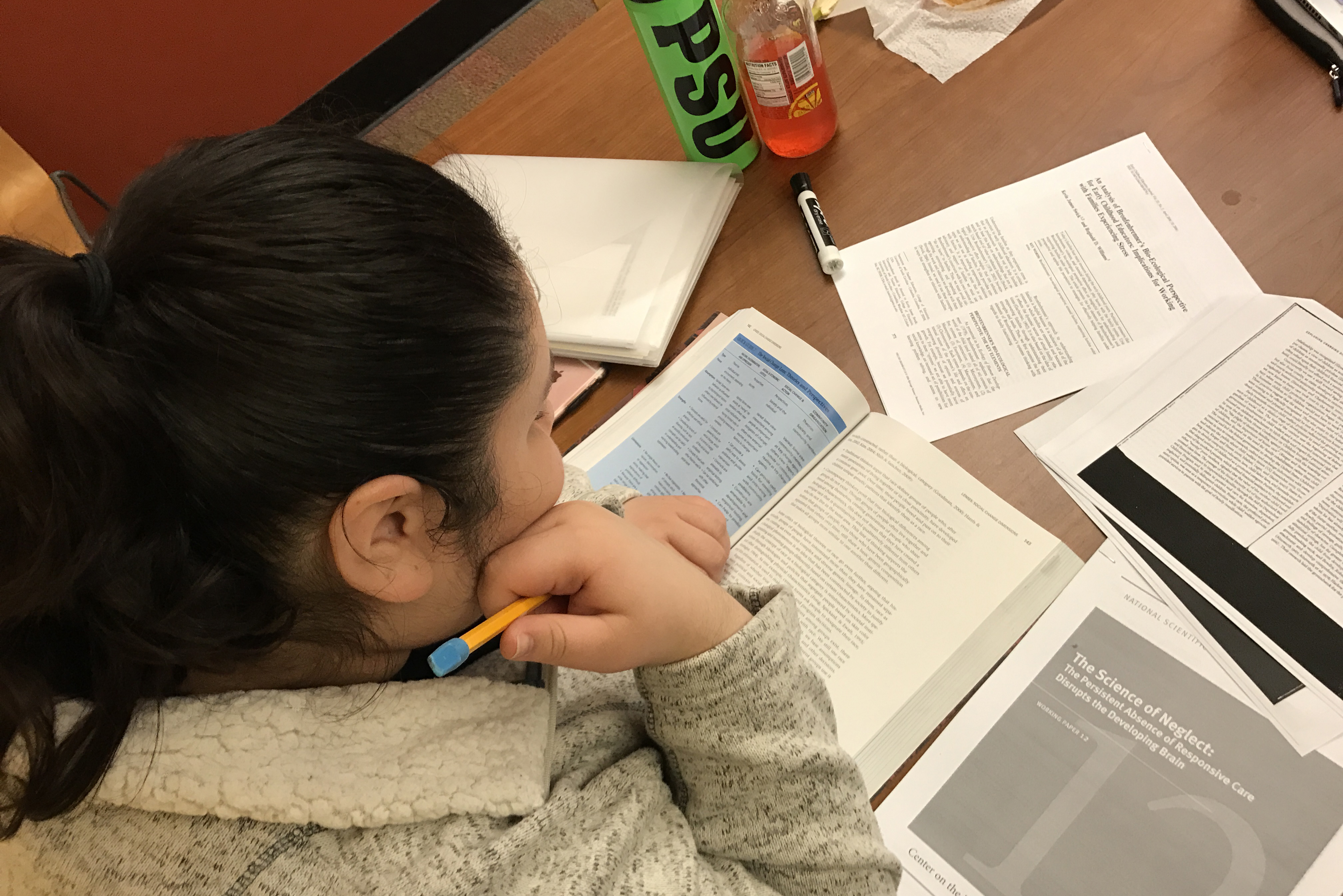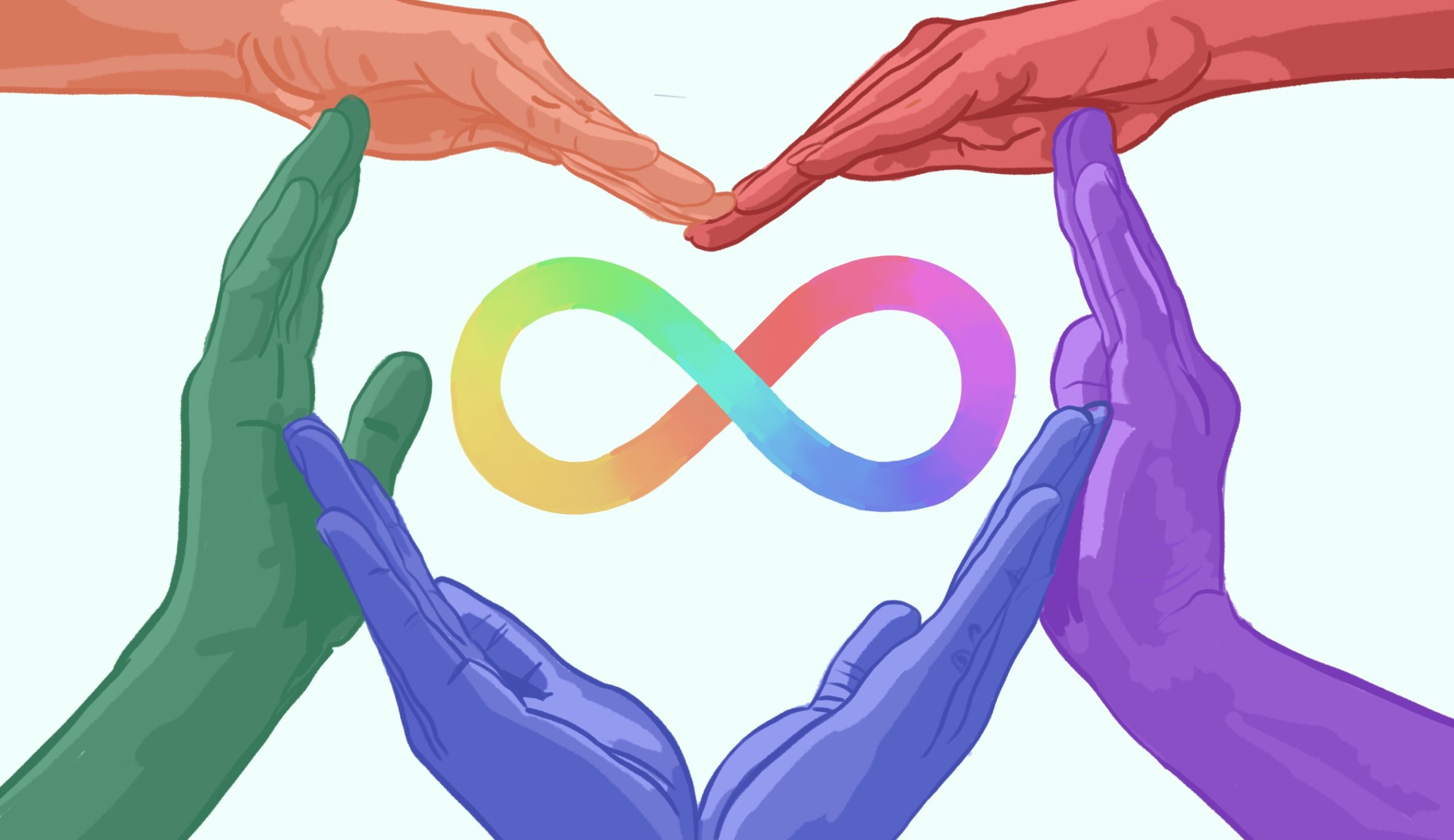Everyone who attends college has at least one thing in common: learning.
The effectiveness of a college student’s learning experience depends heavily on the type of learner. Learning is divided into categories of active and passive. Learners are divided into four types of modalities: visual, auditory, read-write, and kinesthetic. This is commonly called the VARK model or VARK modalities of learning.
Passive learning is a style of education that usually fits the stereotypical model of a classroom. Passive learners are usually educated in a step-by-step process. There is a lecture where students take notes, absorb class material, and answer tests based on lecture material.
Active learning is more common to universities and progressive classrooms. This type of learning is participatory: The students are involved in the education process. If this is not ringing any bells just yet, think of the Socratic method. A classroom session is a conversation between students and teachers. This is how things are taught outside the classroom as well. On-the-job training would not work if it were passive. Participation facilitates learning.
A benefit to active learning is the opportunity it gives for every type of learner to understand the material. Everyone learns in different ways. Teaching material in a way that works for every type of learner is the only way to make sure everyone has the same opportunity to get the material.
Visual learners respond well to charts, diagrams and patterns among several other things. It is important to note that just looking at photos is not what works for visual learners, although they may recall information as an image. These types of learners need to see the process in action with meaningful symbols in order to recall the information more easily.
Visual learners usually take organized notes that are not a direct representation of lecture: They draw the information in ways that show relationships or processes.
Auditory learners are a smaller group. They can get the information in both passive and active environments. Auditory learners usually like to read, listen and talk in order to learn.
A mark of an auditory learner is the person who explains things aloud in order to process them or retains class lessons mostly from lecture. They are good with orally delivered information, rather than reading the material themselves. These types of learners do not rely as heavily on notes because they retain what they hear.
Read-write learners do well with glossaries, lists and handouts. Following along in class with material like PowerPoints work well with these types of learners.
Read-write learners like to take verbatim notes. They read course materials, accessory materials, and their notes, repeatedly. They will often rewrite notes in their own words until the material is absorbed.
Kinesthetic learners need to move to learn. To get information as a kinesthetic learner it is important to touch things, do things and move things around. Kinesthetic learners usually do well in athletics. They do not do as well with lectures or traditional classroom activities. Think of a lab exercise in a science class.
The kinesthetic learner usually does not “get it” until they do it. Sometimes the term tactile learner is used interchangeably with kinesthetic learning. The material is not learned until it is touched, manipulated, and used in a realistic way.
Combinations of these types of learning are not uncommon. Multimodal learners employ some of each of the above modes to absorb and understand information.
Figuring out how you learn is essential to success. If you are a kinesthetic learner, designing your life and ambitions around a degree or career that involves very little hands-on activity will always be difficult.
Auditory learners will struggle with online courses, or self-paced educations.
Throwing a read-write learner into a new field that has very little available information will make it difficult for them to understand the process until they have an opportunity to outline it or create a to-do list.
Do some introspection. Discover which method works best for you. Learning is a life-long pursuit. One of the most valuable attributes a person can possess is a learner’s mindset. Maintaining this relies on positive learning experiences.
If learning is always challenging, a person will not be as open to new opportunities to learn. This is often evidenced in adults when they fail at something. If an adult fails at a new task once or twice, do they give up? Now, imagine how a young child handles failure. Children often take longer to give up because they are used to failing. There is nothing wrong with being wrong.
Learn better. Be better. Do better.






